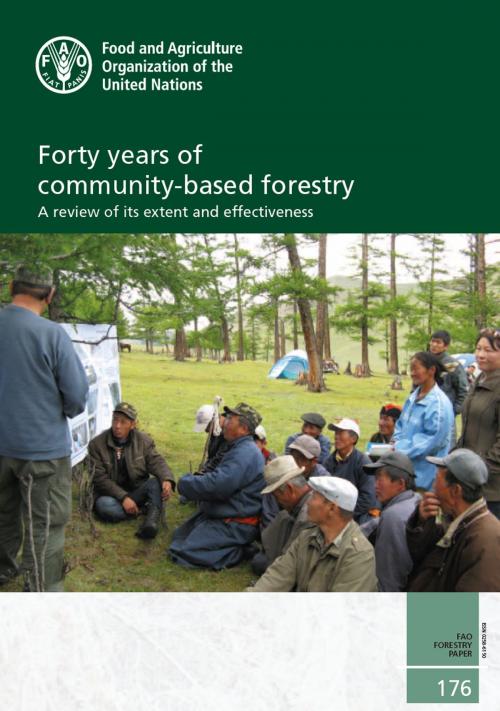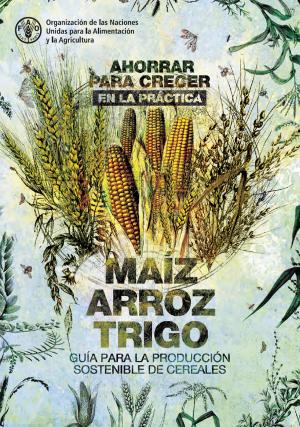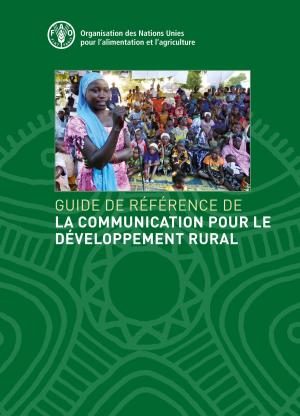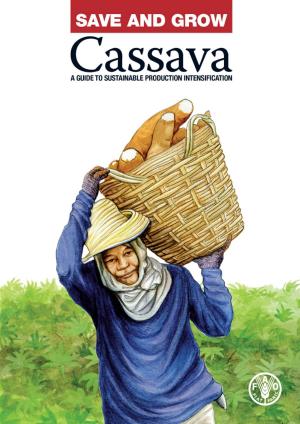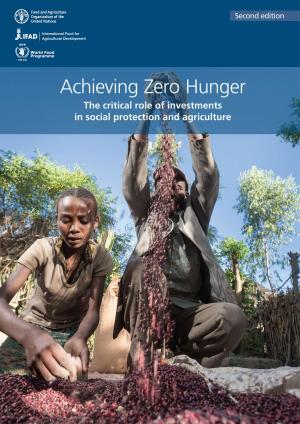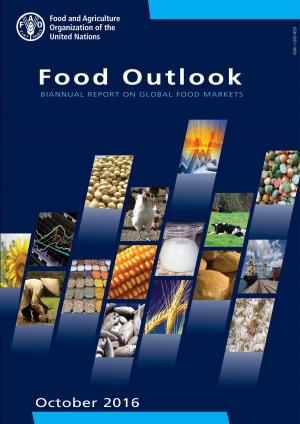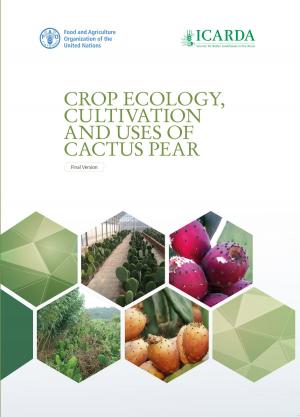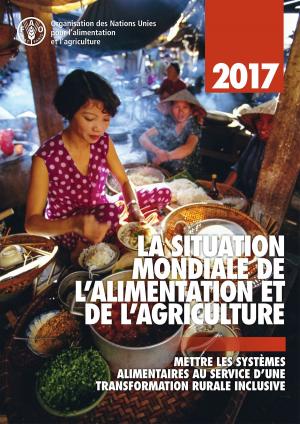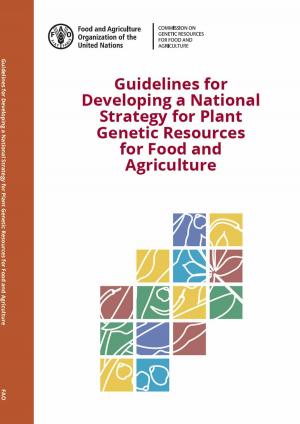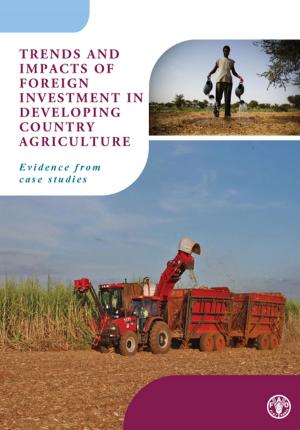Forty Years of Community-based Forestry: A Review of Its Extent and Effectiveness
Nonfiction, Science & Nature, Technology, Agriculture & Animal Husbandry, Social & Cultural Studies, Social Science| Author: | Food and Agriculture Organization of the United Nations | ISBN: | 9789251091203 |
| Publisher: | Food and Agriculture Organization of the United Nations | Publication: | March 14, 2016 |
| Imprint: | Smashwords Edition | Language: | English |
| Author: | Food and Agriculture Organization of the United Nations |
| ISBN: | 9789251091203 |
| Publisher: | Food and Agriculture Organization of the United Nations |
| Publication: | March 14, 2016 |
| Imprint: | Smashwords Edition |
| Language: | English |
Since the 1970s and 1980s, community-based forestry has grown in popularity, based on the concept that local communities, when granted sufficient property rights over local forest commons, can organize autonomously and develop local institutions to regulate the use of natural resources and manage them sustainably. Over time, various forms of community-based forestry have evolved in different countries, but all have at their heart the notion of some level of participation by smallholders and community groups in planning and implementation. This publication is FAO’s first comprehensive look at the impact of community-based forestry since previous reviews in 1991 and 2001. It considers both collaborative regimes (forestry practised on land with formal communal tenure requiring collective action) and smallholder forestry (on land that is generally privately owned). The publication examines the extent of community-based forestry globally and regionally and assesses its effectiveness in delivering on key biophysical and socioeconomic outcomes, i.e. moving towards sustainable forest management and improving local livelihoods. The report is targeted at policy-makers, practitioners, researchers, communities and civil society.
Since the 1970s and 1980s, community-based forestry has grown in popularity, based on the concept that local communities, when granted sufficient property rights over local forest commons, can organize autonomously and develop local institutions to regulate the use of natural resources and manage them sustainably. Over time, various forms of community-based forestry have evolved in different countries, but all have at their heart the notion of some level of participation by smallholders and community groups in planning and implementation. This publication is FAO’s first comprehensive look at the impact of community-based forestry since previous reviews in 1991 and 2001. It considers both collaborative regimes (forestry practised on land with formal communal tenure requiring collective action) and smallholder forestry (on land that is generally privately owned). The publication examines the extent of community-based forestry globally and regionally and assesses its effectiveness in delivering on key biophysical and socioeconomic outcomes, i.e. moving towards sustainable forest management and improving local livelihoods. The report is targeted at policy-makers, practitioners, researchers, communities and civil society.
